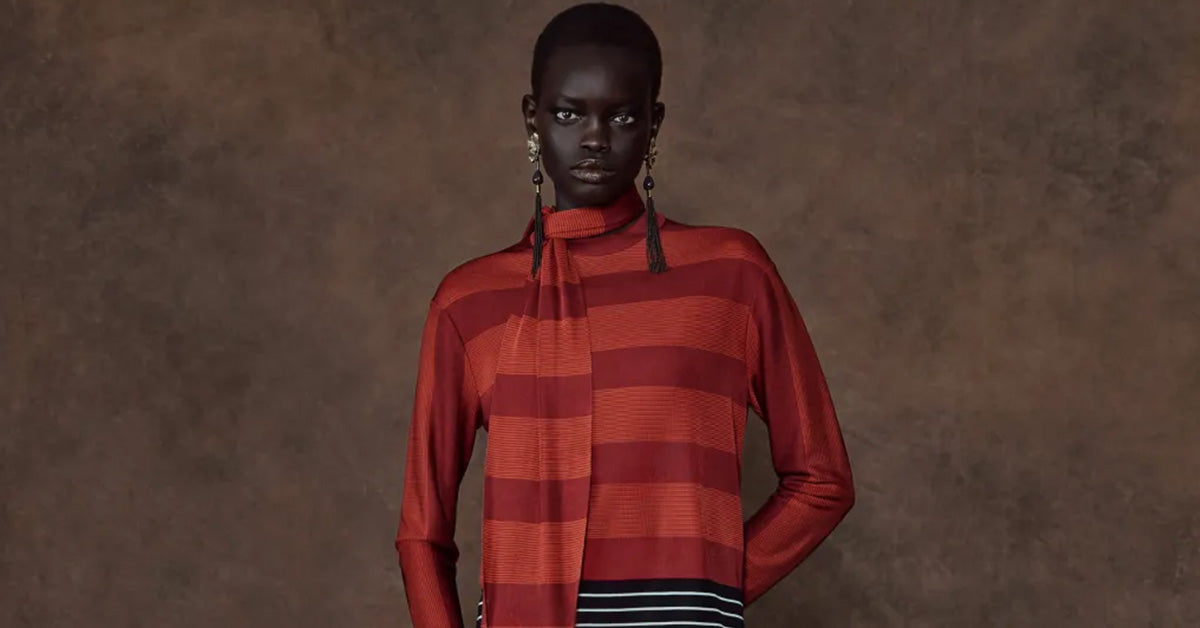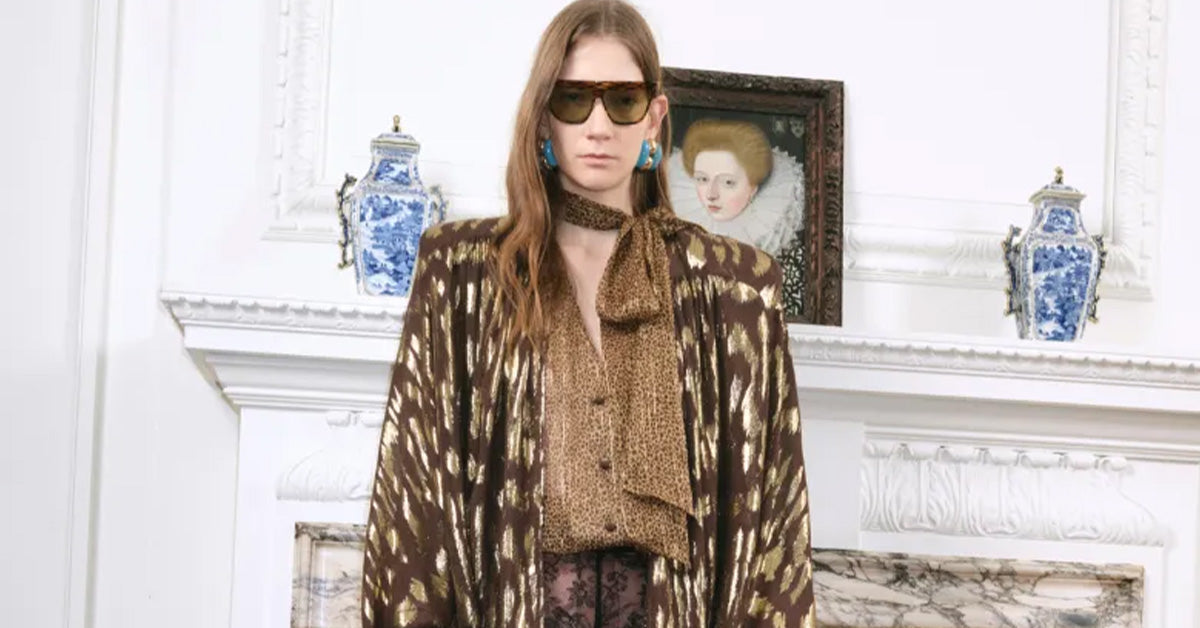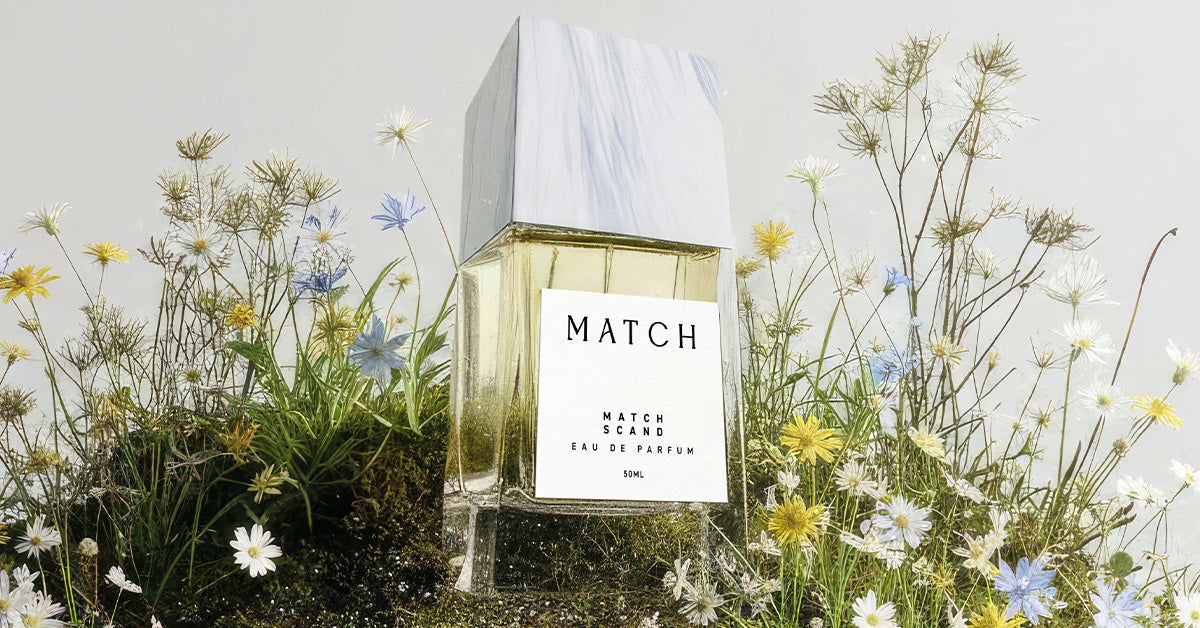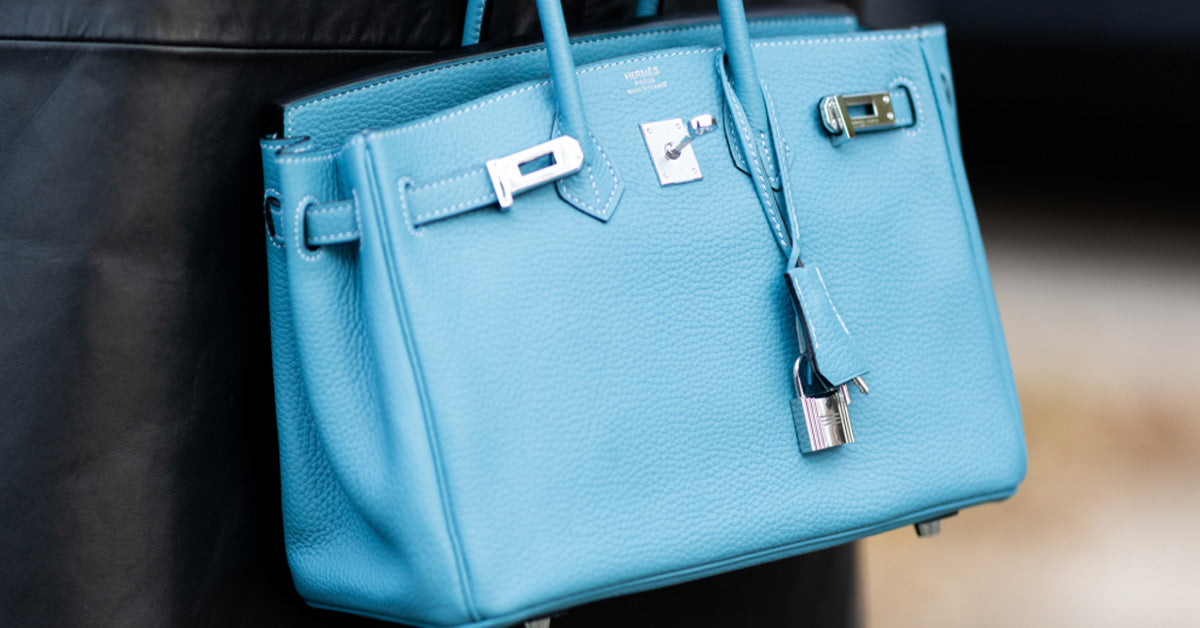Faux fur, often referred to as "fake fur" or "imitation fur," has become a significant element in the world of fashion. It offers the luxurious aesthetic of real animal fur without the ethical concerns or high costs. As the fashion industry continues to embrace sustainability and cruelty-free alternatives, faux fur is gaining momentum among designers, influencers, and conscious consumers alike. But what exactly is faux fur, and why is it such a game-changer? Let’s dive into this fascinating material and explore its role in modern fashion.
What is Faux Fur?
Faux fur is a synthetic fabric designed to mimic the appearance and texture of real animal fur. Unlike genuine fur, which is made from the pelts of animals, faux fur is crafted from man-made fibers such as polyester, acrylic, or modacrylic. These fibers are treated, dyed, and finished to replicate the softness, sheen, and warmth of natural fur.
Faux fur was first introduced in the mid-20th century as a more affordable alternative to animal fur. Over the years, advancements in textile technology have allowed manufacturers to create high-quality faux fur that is nearly indistinguishable from the real thing. Today, faux fur is celebrated not only for its aesthetic appeal but also for its ethical and environmental advantages.
The History and Evolution of Faux Fur
The concept of faux fur dates back to the 1920s, but it wasn’t until the 1950s that it began to gain popularity. Early versions of faux fur were made from alpaca hair mixed with synthetic materials. However, these early iterations lacked the softness and realistic texture of real fur.
In the 1960s and 1970s, faux fur became a cultural statement, aligning with the growing animal rights movement. Designers started incorporating faux fur into their collections as a way to challenge the use of real fur in fashion. By the 21st century, the material had undergone significant advancements, resulting in luxurious, durable, and versatile options that rivaled traditional fur in both quality and style.
Why Choose Faux Fur Over Real Fur?
There are several compelling reasons why faux fur is often favored over its real counterpart:
- Ethical Considerations: Faux fur eliminates the need for animal cruelty, making it a popular choice among vegans and animal rights advocates.
- Affordability: Faux fur is generally more budget-friendly than real fur, allowing a wider range of consumers to enjoy its luxurious look.
- Sustainability: While faux fur is made from synthetic materials, many brands are now using recycled fibers to reduce its environmental footprint.
- Versatility: Faux fur can be dyed in a variety of colors and patterns, offering more creative freedom for designers and wearers.
- Durability: Unlike real fur, faux fur is less prone to shedding and can withstand various weather conditions.
How Faux Fur is Used in Fashion
Faux fur is an incredibly versatile material that can be used in a wide range of fashion items. Here are some common ways it’s incorporated into modern designs:
- Outerwear: Faux fur coats, jackets, and vests are staples in cold-weather wardrobes.
- Accessories: Scarves, hats, and handbags often feature faux fur accents for added texture and style.
- Shoe Design: Faux fur is used as lining or decorative trim in boots, sandals, and sneakers.
- Home Décor: Beyond fashion, faux fur is also used in home items like throws, rugs, and cushions for a cozy, luxurious touch.
Is Faux Fur Sustainable?
The sustainability of faux fur is a topic of ongoing debate. On one hand, faux fur eliminates the need for animal farming, which is associated with significant environmental harm, including deforestation and greenhouse gas emissions. On the other hand, traditional faux fur is made from petroleum-based materials, which are not biodegradable and can contribute to pollution.
Fortunately, many brands are addressing these concerns by creating eco-friendly faux fur made from recycled plastics or bio-based materials. These innovations are helping to reduce the environmental impact of faux fur while maintaining its ethical advantages.
How to Care for Faux Fur
One of the benefits of faux fur is its durability, but proper care is essential to keep it looking its best. Here are a few tips:
- Cleaning: Most faux fur items can be spot-cleaned with mild detergent and water. For a thorough cleaning, check the care label and follow the manufacturer's instructions.
- Storage: Store your faux fur in a cool, dry place to prevent matting or damage. Avoid exposing it to direct sunlight for extended periods.
- Brushing: Use a soft-bristle brush to maintain the texture and fluffiness of your faux fur.
Conclusion
Faux fur is more than just a fabric; it’s a symbol of how fashion can evolve to meet the demands of modern ethics and aesthetics. Whether you’re looking for a cruelty-free alternative to real fur, a versatile material for creative expression, or a stylish way to stay warm in winter, faux fur offers a compelling solution. As technology continues to advance, the possibilities for this innovative material are virtually limitless.
FAQs About Faux Fur
-
Q: What is faux fur made of?
A: Faux fur is typically made from synthetic fibers like polyester, acrylic, or modacrylic. Some brands also use recycled materials to make it more sustainable.
-
Q: Is faux fur better for the environment than real fur?
A: Faux fur eliminates the need for animal farming, which can have significant environmental impacts. However, traditional faux fur is made from non-biodegradable synthetic materials, so its sustainability depends on how it’s produced.
-
Q: How can I tell the difference between real fur and faux fur?
A: Real fur often has a softer, more natural texture and is attached to a leather backing, while faux fur is made from woven or knitted synthetic fibers. You can also check the care label for material information.
-
Q: Can faux fur be recycled?
A: Some types of faux fur made from recyclable materials can be repurposed, but traditional faux fur is not easily recycled due to its synthetic composition.
-
Q: How do I clean faux fur at home?
A: You can spot-clean faux fur with mild detergent and water. For machine-washable items, use a gentle cycle and air-dry to prevent damage.










